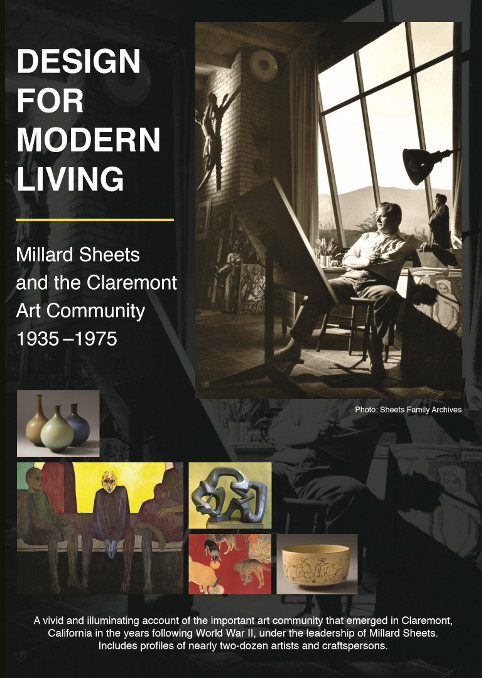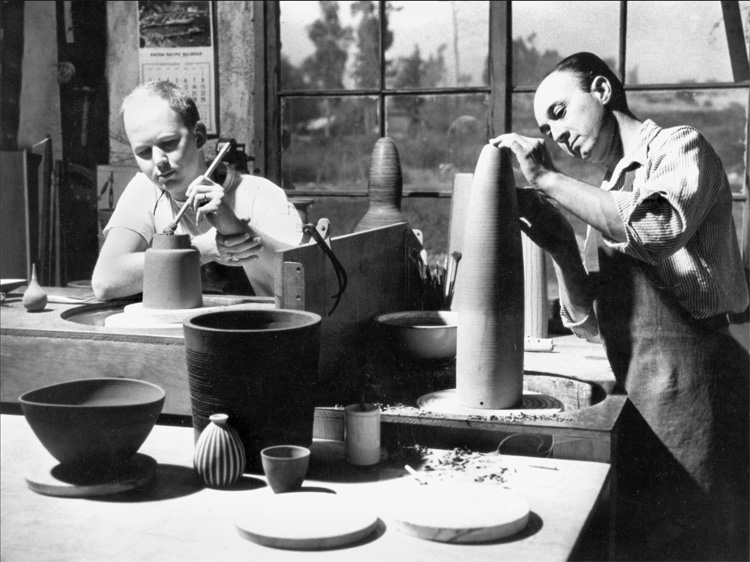'Design for Modern Living'
 |
|
|
 |
|
|
Anyone who visits the surprisingly laidback college town of Claremont, a short drive from bustling, bruising Los Angeles, notices its peacefulness right away. It takes a bit more attention to notice hundreds of artworks that fill every corner of town, almost all of them locally done.
Like many former city states in Italy, Claremont gave birth to its own school of art and, like so many of these Italian towns, Claremont is worth visiting to drink in its art.
A new film, which premiered last week in a Claremont Museum of Art presentation at Scripps College, brings much needed attention to Claremont's artistic scene. It's much needed because too few people do visit the town or know much about its artistic heritage, one that continues today.
'Design for Modern Living: Millard Sheets and the Claremont Art Community 1935-1975,' by Paul Bockhorst, brings the period to life through vintage footage and new interviews with veterans of the scene. It is available as a DVD from Paul Bockhorst productions.
Millard Sheets, who began as a wonderful American scene-style painter, known for oddly observed views of working class Los Angeles, became an artistic powerhouse. He organized two college art departments at two different colleges in Claremont, organizing the important Los Angeles County Fair art exhibits, and designing dozens of banks up and down the state and filling them with art, his own works and works by his protégés, who included many of Claremont's artists.
Bockhorst, who has also done films on Arts and Crafts design and Bernard Maybeck, among other subjects, and lives in nearby Monrovia, says he decided to do the film after seeing an exhibit about Claremont furniture designer Sam Maloof that posited Maloof as a leader of the Claremont scene.
"The glue was Millard Sheets, not Sam Maloof," Bockhorst says. "Sam was important, he was very important socially. But it was Millard Sheets who created the art program at Scripps and Claremont Graduate University."
The film portrays a city engulfed with art, as young men, many shown in uniform, returned from the war and studied using funds from the GI Bill.




